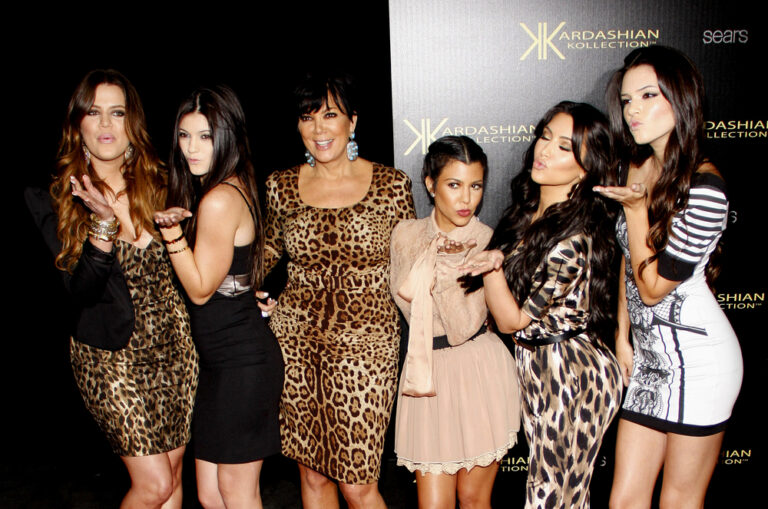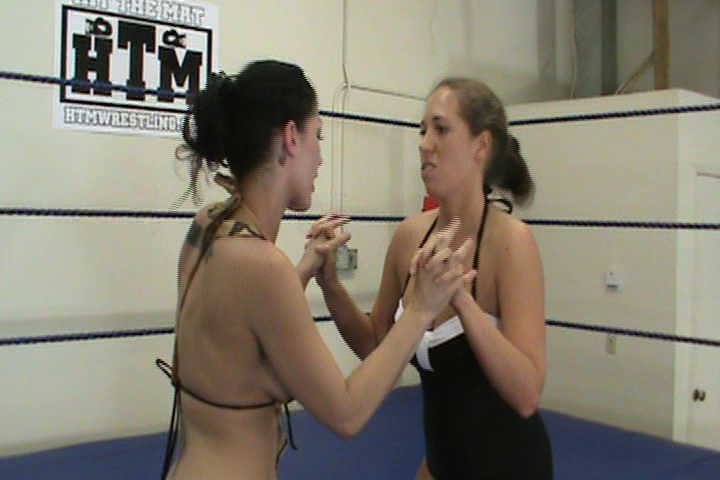
fciwomenswrestling.com article, https://femcompetitor.com photo
Separation from a fantasy semi-competitive female submission Wrestler verses one to be taken seriously, who achieves great results at events, can be reduced to one main equation.
Savannah Beautiful Fantasy Girl
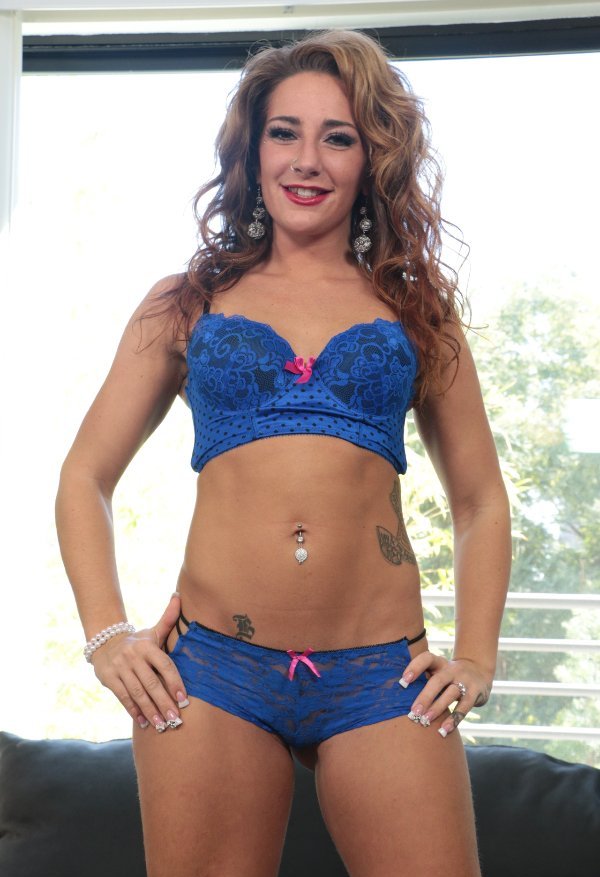
What is that?
Applying a good training program constructed by someone experienced with success in the wrestling industry.
Savannah Sexy Dominator
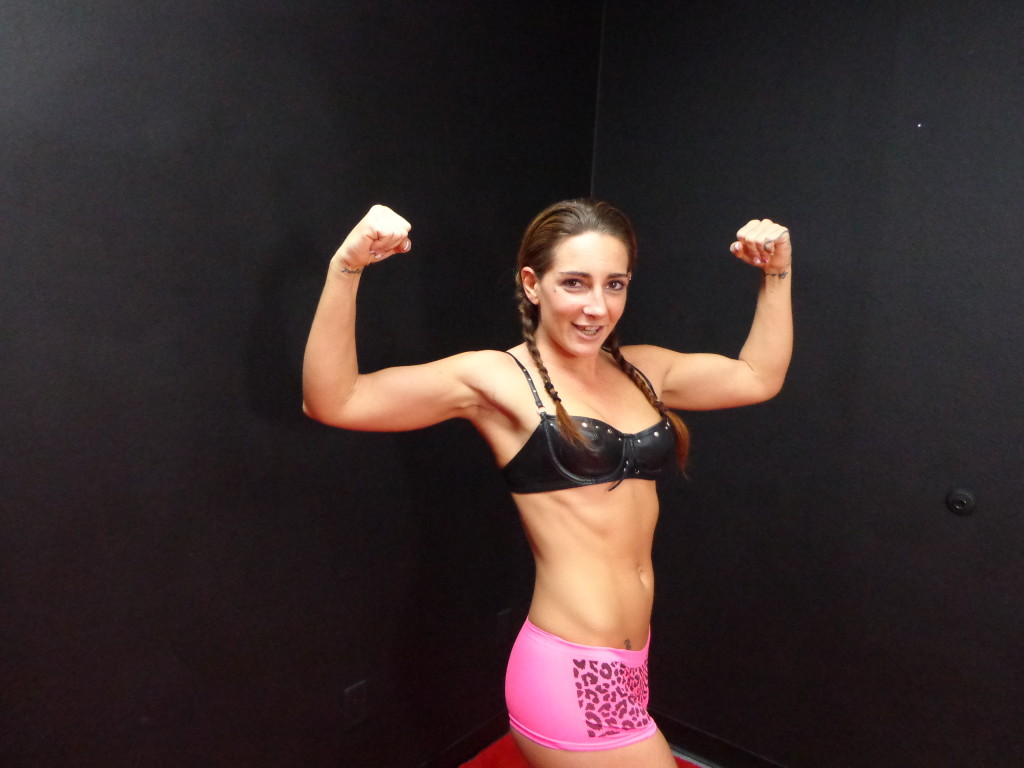
Gorgeous Muscle Girl
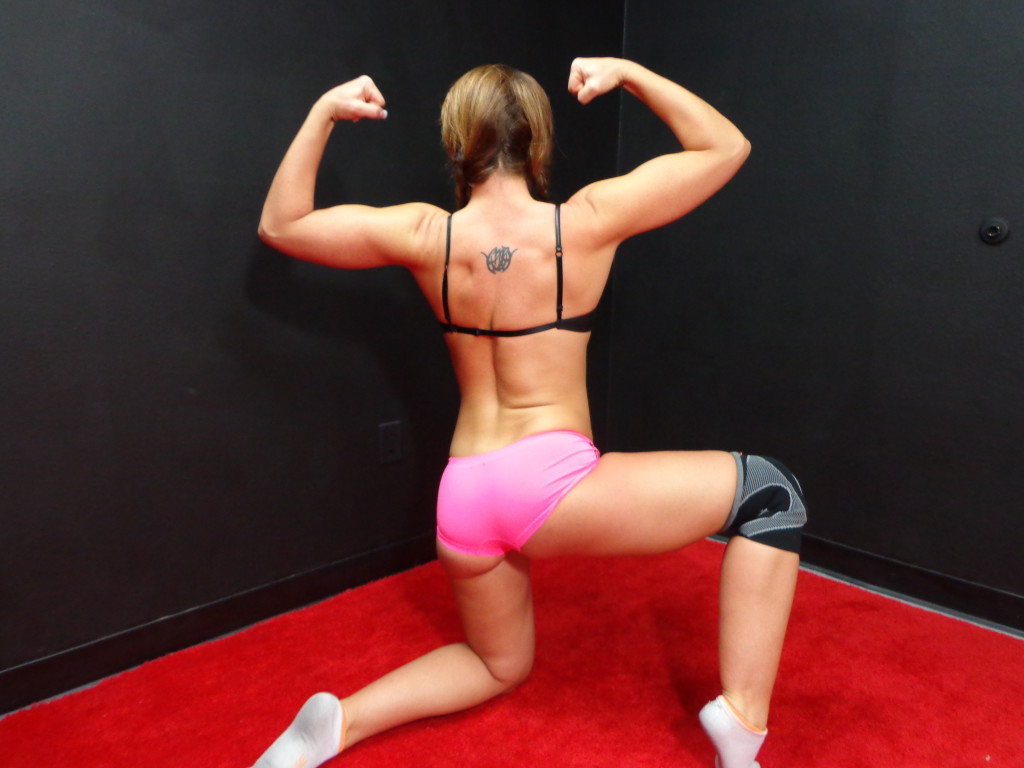
We have a guest speaker who seems to meet those qualifications.
If you are a female submission wrestler who wants to improve your game, even if you glean just one important point from this article, it will be worth reading it.
Please enjoy.
Wrestling Workouts
by: Dickie White
One of the keys for a wrestler’s success begins in the weight room.
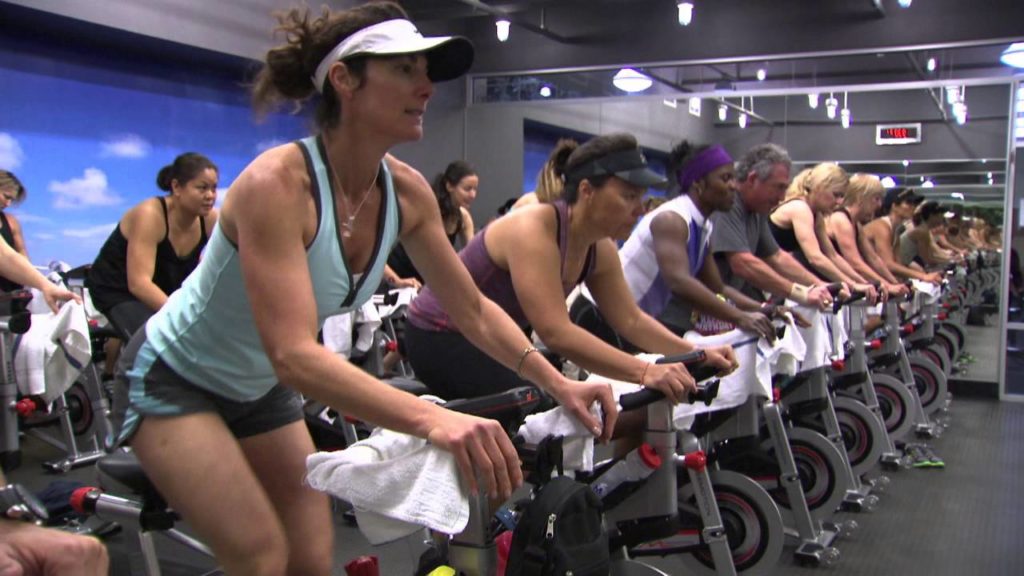
Studies have shown that athletes who participate in a strength training program are faster, quicker, and more explosive, and they have fewer injuries. Knowing the specifics of what should go into a wrestling workout to maximize potential on the mat is the first step to achieving your strength training goals.
- The first part of this wrestling workout article will go into some of the major components that must be considered when you are putting together a strength training focused program.
- Then I will detail the three different types of wrestling workouts I use depending upon what the wrestler I’m working with and I decide will be the best avenue for him.
- Finally, this article will finish with a number of different wrestling workouts that I’ve used with some of the top wrestlers in the country including three D1 National Champions (D1 Champs and All-Americans I’ve worked with cannot be mentioned until graduation due to NCAA compliance regulations).Wrestling Workout Design Step 1:Step 1 in designing your wrestling workout is to know your goals. Think about some of your past losses. Believe me, I know it’s not a fun thing, but really think back. Did you lose because you were slower? Did you lose because you were weaker? Did you lose because you weren’t explosive enough? Did you lose because you ran out of gas?
These are all questions you need to ask yourself when designing a wrestling workout.
If you’re not winning because you’re getting outmuscled then you’re going to need a much different wrestling workout than if you’re simply not in good enough shape. A great way to assess yourself is to think about your ultimate goal. In order to achieve your ultimate goal you’re going to need to be as close to perfect as possible.
On a scale of 1-10, 10 being the best, you’ll need your strength, power, and conditioning to all be 10s in order to win. Now, knowing where you need to be, rate yourself with where you are now. Whichever is the lowest number should be the number one focus of your wrestling workout.
Training all of the necessary components is important, but learning how to balance all of the components of a wrestling workout so that you can progress throughout the year is what’s going to help get you to your goals quicker.
Wrestling Workout Design Step 2:
Step 2 in designing your wrestling workout plan is to know how to train. For instance, when developing a conditioning focused wrestling workout think to yourself when the last time you were involved in a match against a quality opponent where you’ve cruised at the same pace much like you would during a 3-5 mile jog?
Never!
As you already know, there are times during a match when you’re fighting all out for a position or takedown and then there are times when you’re able to catch your breath like when you’re going back to the center to reset. To condition as functionally as possible for this type of action want to train in intervals. My personal favorite for wrestlers is the Air dyne bike.
I have my wrestlers sprint for anywhere between 10 and 20 seconds and jog for anywhere between 10 and 40 seconds. Start with a higher rest to work ratio, say 5:1-3:1 and work down to a 2:1-1:1 over the course of training for a competition.
Just as you would for the conditioning aspect of your wrestling workout, you’ll need to make some considerations for the strength/power portion of the plan. While I do some conditioning with my wrestlers, it’s completely done by their request. Most of the conditioning is done in practice, but every now and again a few of my wrestlers will have me put them through some conditioning for a few weeks before a major competition just to give them that last little boost. Because of this, I have really become most experienced with strength and power development for wrestlers.
Even the research specifically regarding wrestling workouts suggests that strength training plans should focus on maximal strength and power development because the conditioning aspect is sufficiently covered in practice.
When I first started to design strength and power wrestling workouts I simply looked to the strongest and most powerful athletes on the planet- Olympic lifters, Powerlifters, and Strongmen. Without getting into a big analysis over who’s the strongest, I figured I would just take parts of all three types of training and mesh it into a wrestling workout, that way my wrestlers could get the best of all three types of training; which leads us to the next step.
Wrestling Workout Design Step 3:
Step 3 in designing your wrestling workout is to select your exercises. Within Step 3 there are three sub-steps.
1. Wrestling Workout Sub-Step 1- Select your core exercises. These are the exercises you want to build during your strength training. There should be a variety and each one should be used to measure a certain quality. For example, I have my wrestlers Box Squat to measure lower body strength. I also have them perform Weighted Chin ups to indicated upper body pulling strength. The Log Clean has been a favorite of mine to measure power.
2. Wrestling Workout Sub-Step 2- Select your derivatives. The derivatives should mimic, but be slightly different from your core exercise. For example, I use a High Box Squat (usually 2″ higher than parallel) and a Reverse Band Box Squat as two derivatives for my wrestlers. This step needs constant reevaluation. What I mean by that is, if your derivatives are going up, but your core lift is not, then switch them for something new because they are not having a positive carryover to the lift that you’ve determined to be most important.
3. Wrestling Workout Sub-Step 3- Select your accessories. Accessories are the exercises that will help target weak points as well as strengthen specific areas of your body. Common accessories I use to build the Box Squat include various weighted abdominal movements, split squats, lunges, power squats, glute ham raises, reverse hypers, back extensions, and core and lower body focused exercises. Again, constant assessment is needed to determine which accessories are paying off in making you a stronger wrestler and which are not paying dividends.
Wrestling Workout Design Step 4:
Step 4 in designing your wrestling workout is to put together your plan. Below are a number of wrestling specific workouts that I’ve used with some of my wrestlers.
Wrestling Workout 1- Standard Commercial Gym
This wrestling workout is for those of you that don’t have access to a lot of the specialized equipment I use to train my wrestlers. Obviously having some or all of the specialized equipment will help, but the fact of the matter is that most of you reading this do not have access to things like Strongman Logs, Tires, Sandbags, Bands, Chains, and other specialty bars. As a result, I tend to favor making programs that the average wrestler can actually do rather than release programs filled with tons of equipment that most wrestlers do not have access to. In a nutshell though, the fact of the matter is whether you have the specialized equipment or not, if you train hard and smart you can still make great gains even in a standard gym with soft rock playing in the background.
Thanks Dickie.
Now before you consider applying Mr. White’s workout, please make sure you speak with your doctor to ensure that you are healthy enough to participate in this type of workout. The program is not endorsed by FCI or Femcompetitor Magazine. It is just a suggested idea.
When appropriate collaborate with your coach as well.
THE WORKOUT
Day 1 Workout:
Superset – Straight Bar Box Squat (5×5) and Dumbbell Side Bend (4×10)
Superset – Trap Bar Deadlift (4×5) and Weighted Decline Sit up (4×8)
Superset – Dumbbell Lunge (4x6ea) and Straight Bar Good Morning (4×8)
Superset – Hanging Leg Raise (3×15) and Back Extension (3×15)
Day 2 Workout:
Superset – Floor Press (5×5) and Weighted Chin-up (5×5)
Superset – Alternate Dumbbell Incline Press (4x6ea) and Chest Supported Row (4×8)
Superset – Single Arm Dumbbell Overhead Press (3×10) and Cable Face Pull (3×15)
Superset – Dumbbell Hammer Curl (3×8) and Lying Dumbbell Extension (3×10)
Day 3 Workout:
Superset – Lunge Jump (5x4ea) and Cable Lift (4×8)
Superset – Single Arm Dumbbell Snatch (4×3) and Ab Wheel (4×10)
Superset – Dips (4x max reps) and Towel Chin-ups (4x max reps)
Superset – Dumbbell RDL (3×10) and Pulldown Abs (3×12)
Wrestling Workout 2 – “Hardcore” Gym
Day 1 Workout:
Superset – Safety Squat Bar Box Squat (5×5) and Kettlebell Windmill (4×8)
Superset – Deadlift w/ Chains (4×5) and Weighted Glute Ham Raise Sit up (4×8)
Superset – Split Squat (4x6ea) and Glute Ham Raise (4×8)
Superset – Band Twist (3×10) and Band Resisted Back Extension (3×10)
Day 2 Workout:
Superset – Reverse Band Bench Press (5×5) and Reverse Band Weighted Neutral Grip Chin-up (5×5)
Superset – Dumbbell Bench Press (4×6) and Fat Grip Cable Row (4×8)
Superset – Log Press (3×8) and Band Pull apart (3×12)
Superset – Rope Cable Curl (3×8) and Lying Chain Extension (3×10)
Day 3 Workout:
Superset – Keg Toss (5×4) and Sledge Hammer Tire Strike (5x6ea)
Superset – Log Clean (4×3) and Standing Ab Wheel (4×6)
Superset – Blast Strap Pushups (4x max reps) and Battling Ropes (4×20)
Superset – Sandbag Clean and Press (3×8) and Stone Trainer Lift (3×8)
For more wrestling workouts, wrestler-specific strength training exercises, and top weight training mistakes made by wrestlers, please visit Mr. White’s blog at:
http://www.wrestler-power.com and sign up for his free newsletter.
~ ~ ~
Sources: brainyquote.com, Wikipedia, fciwomenswrestling2.com, FCI Elite Competitor, photos thank you Wikimedia Commons.
http://www.articlecity.com/articles/recreation_and_sports/article_4217.shtml
About The Author
Dickie White is the co-founder of Shamrock Strength and Conditioning, one of the nation’s top systems for training champion wrestlers. Dickie is a 2006 graduate of the Ithaca College Clinical Exercise Science program and holds a Certified Strength and Conditioning Specialist (CSCS) through the National Strength and Conditioning Association (NSCA). For more information on how you can improve your performance on the mat through his strength training system please visit his blog and sign up for his free newsletter at http://www.wrestler-power.com
